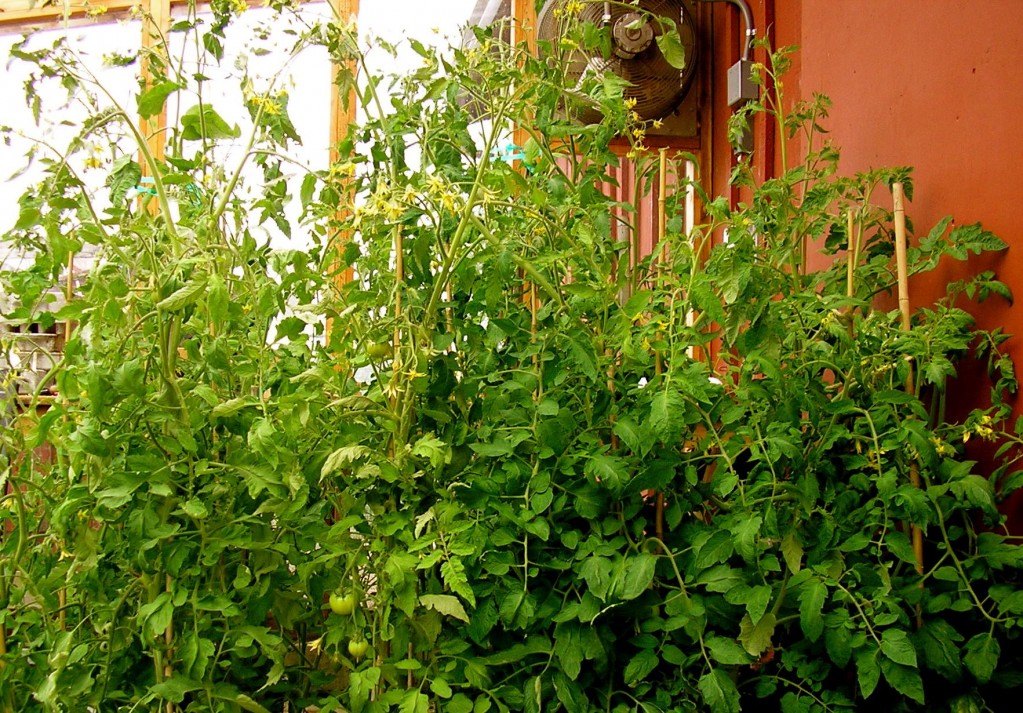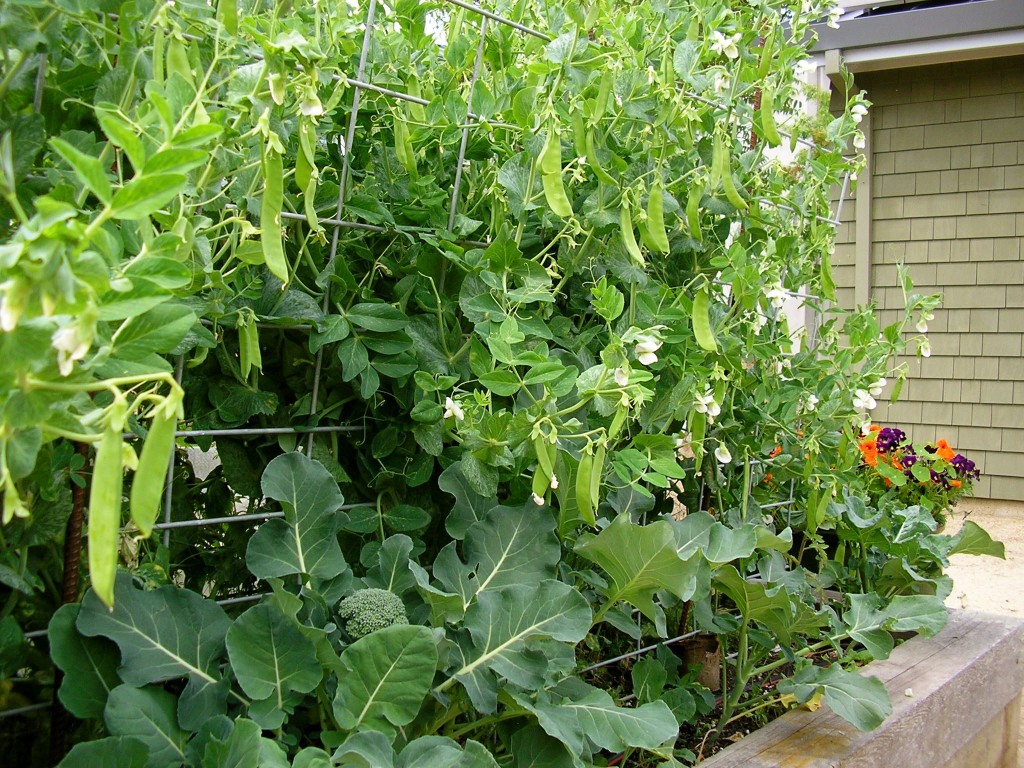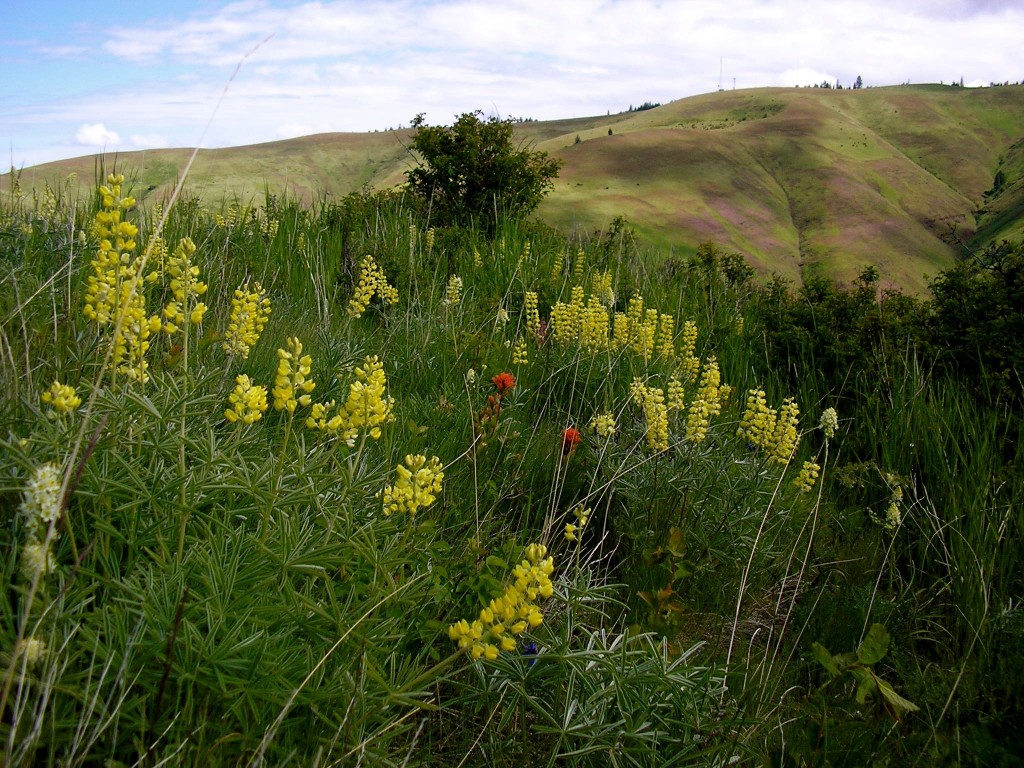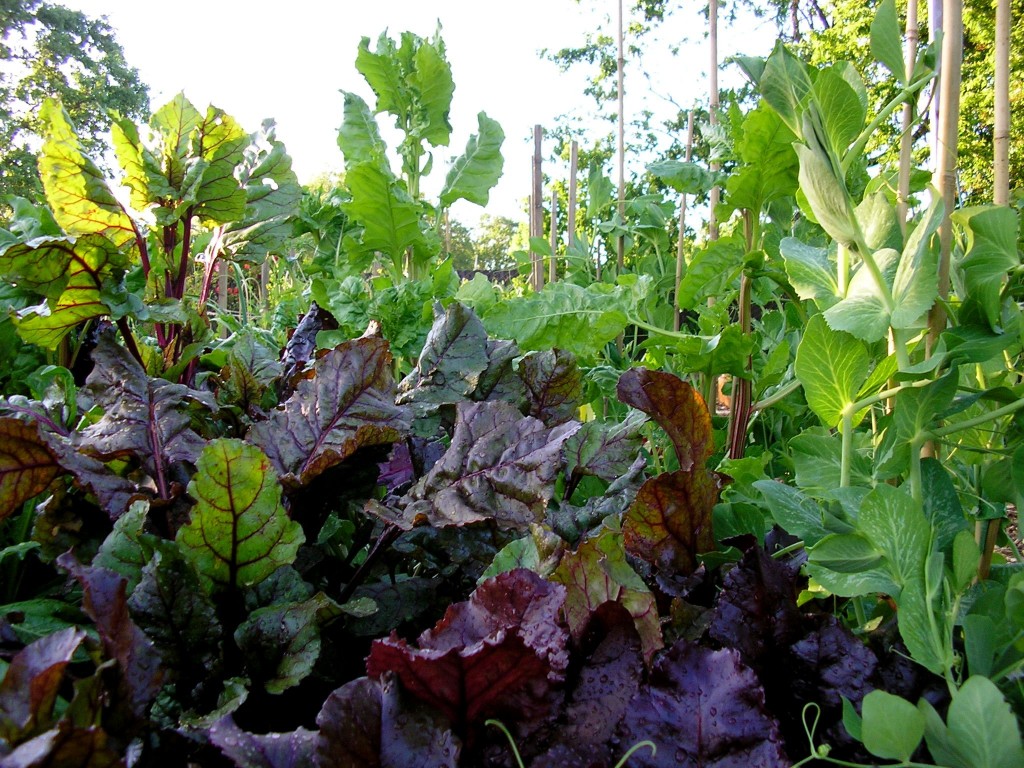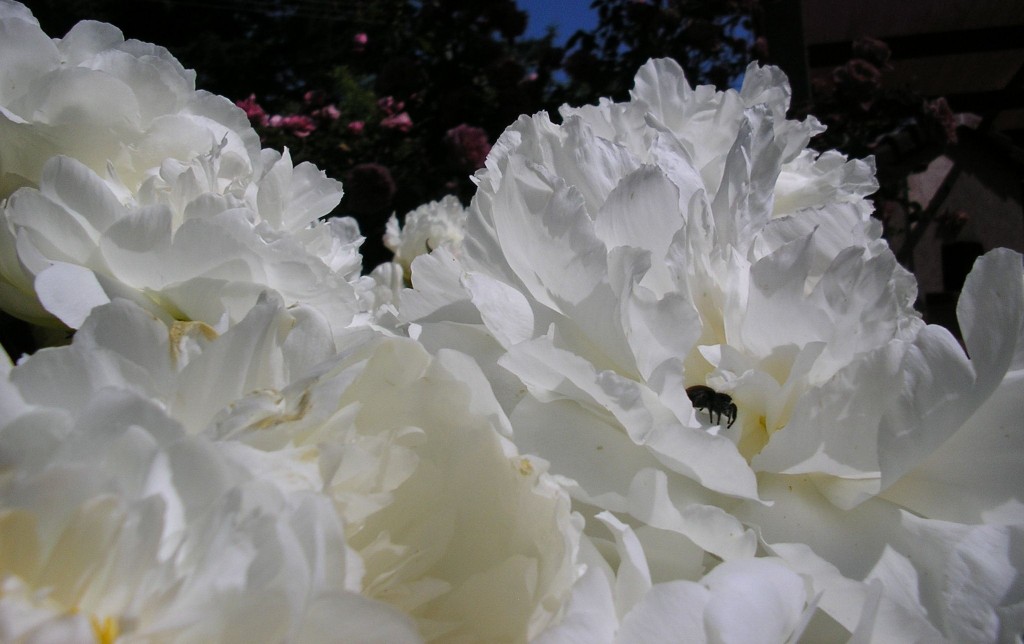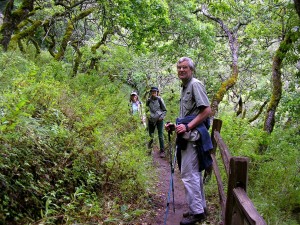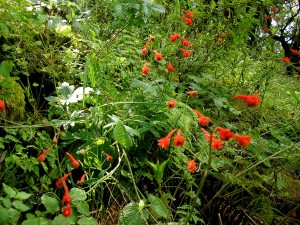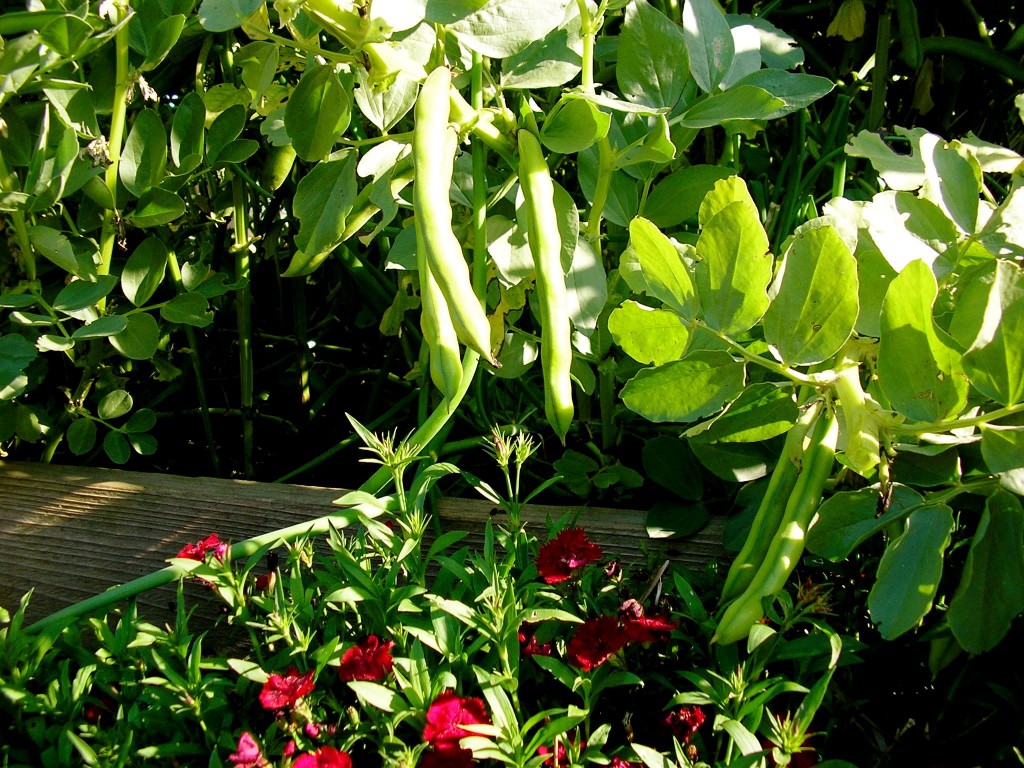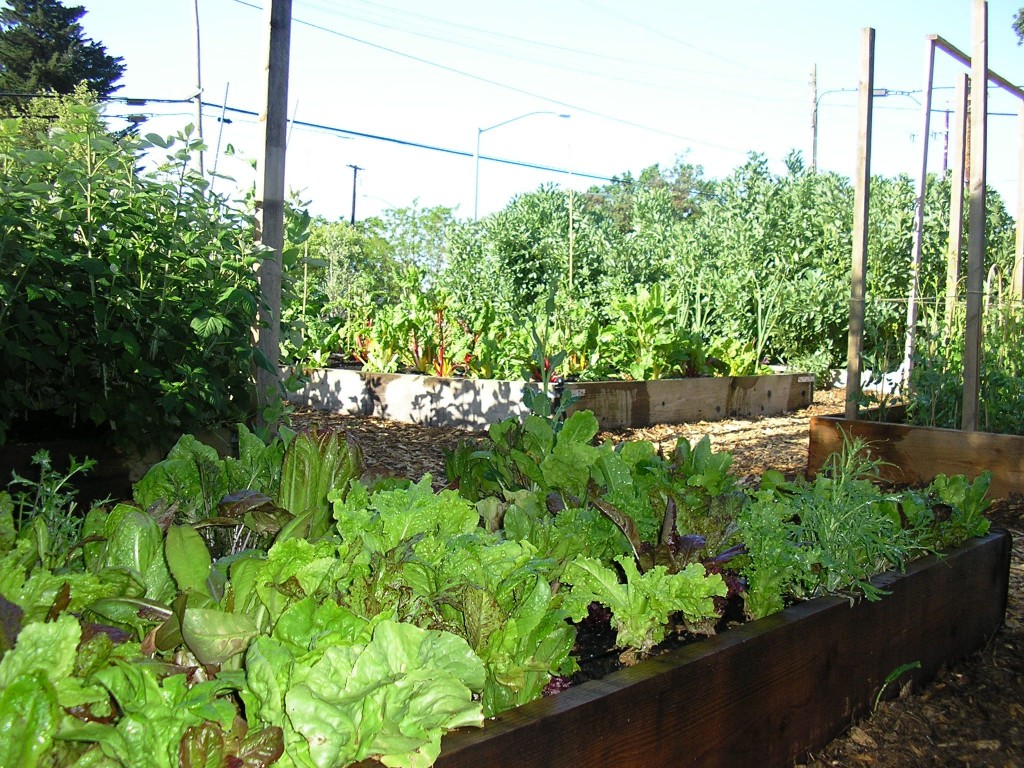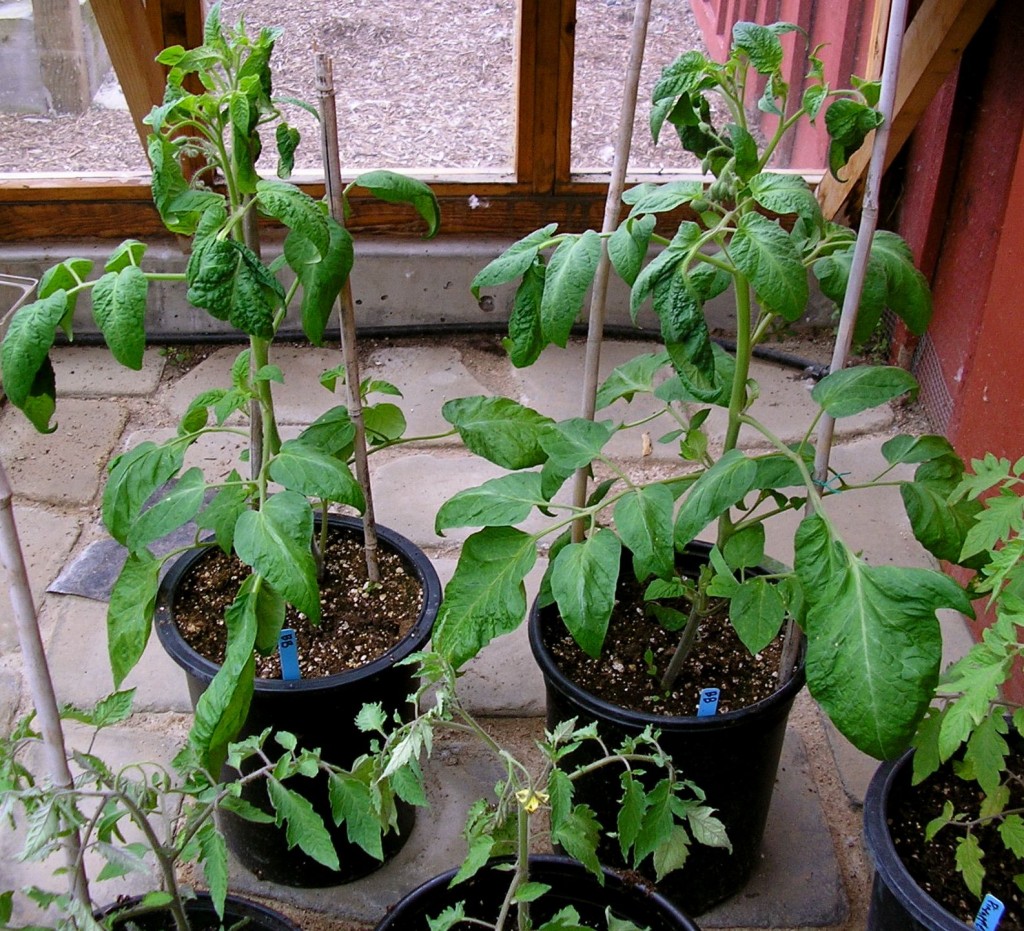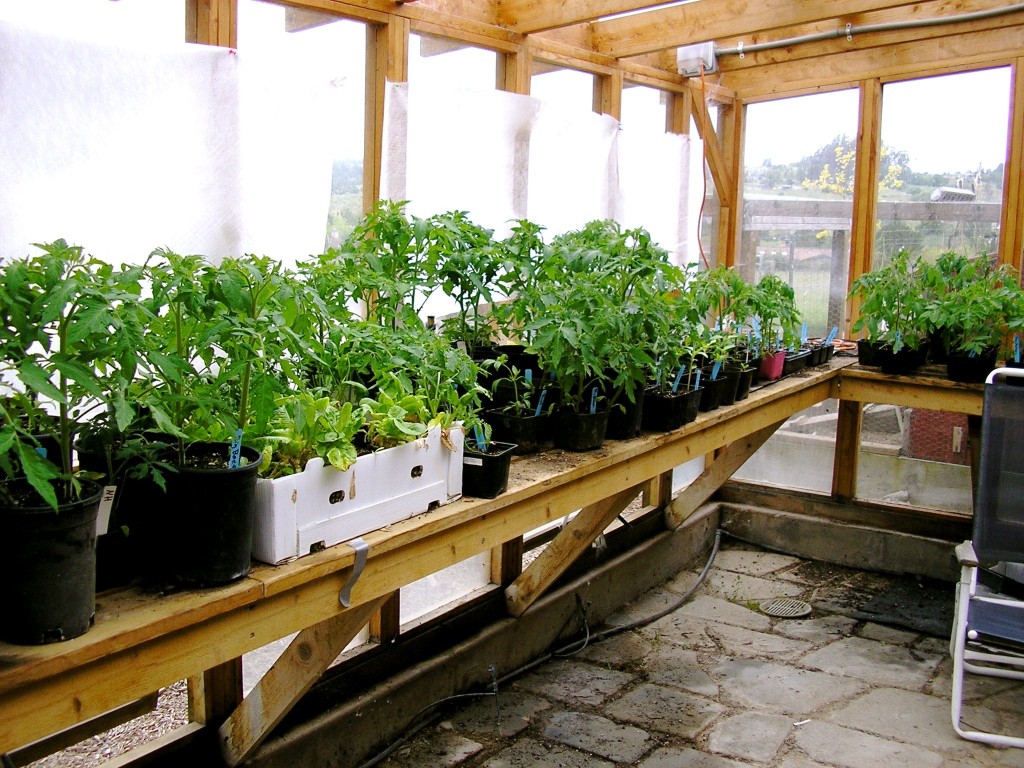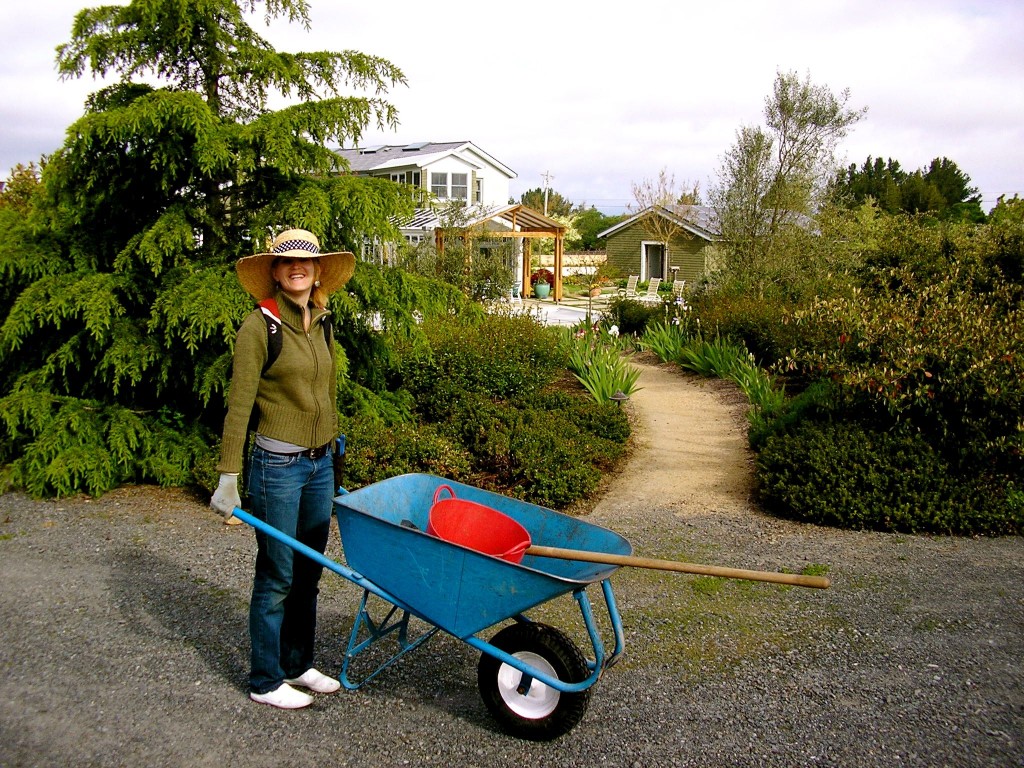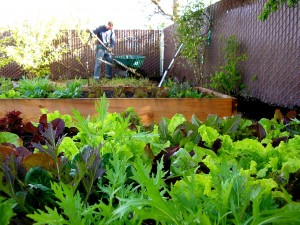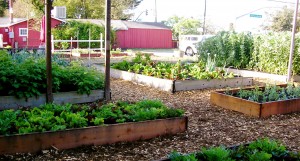My family and I just took a tour of Silva Star Farms west of Sebastopol. Sarah Silva runs the place and is one of the most inspiring farmers I have ever met. Sarah left a career at NASA to start a two acre farm that is similar to Polyface Farms (see the link on the right). It incorporates an apple orchard into a polyculture of chickens, pigs, sheep and goats, and then she grows crops in between the trees. Sarah sells her eggs and meat at Bill’s Farm Basket and on the farm, and she is expanding to a larger farm behind Rose and Thorn on Bodega Highway.
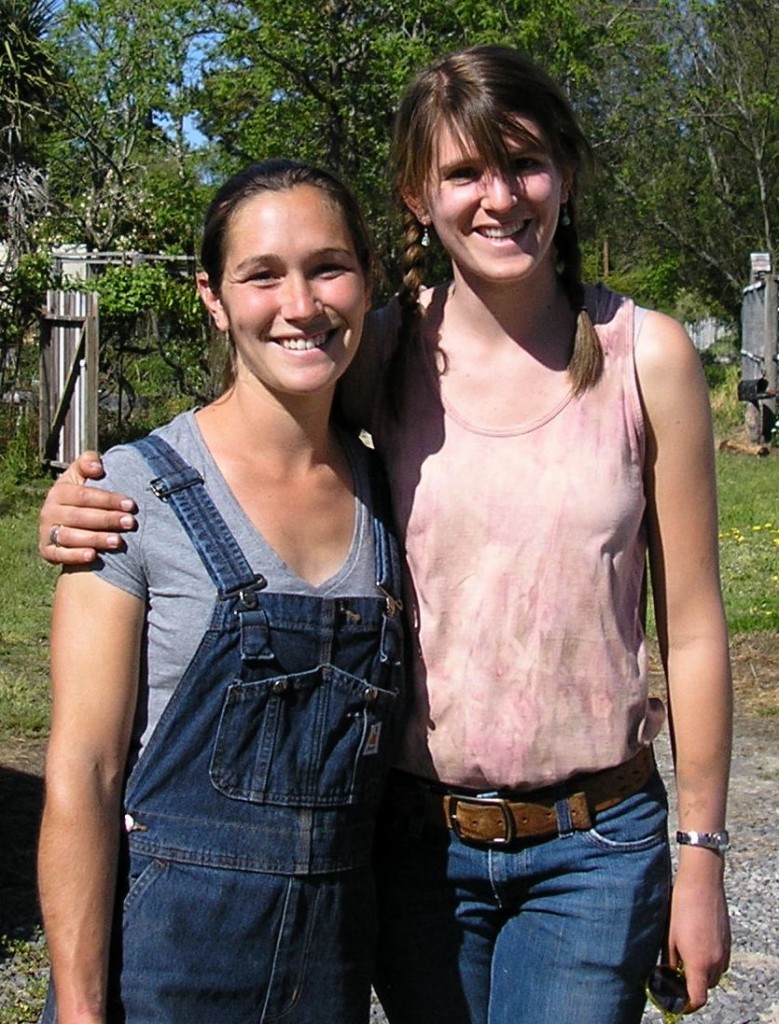
Sarah Silva and Sarah Mitchel on our farm tour.
Sarah and her partner Mark of Felton Acres, another pastured poultry, lamb and pork farm, have built some really innovative chicken tractors. Sarah has recently been working on her “Eggstream”, which features hogwire bent around a wooden frame to create a hoophouse structure on top of an old flatbed trailer.
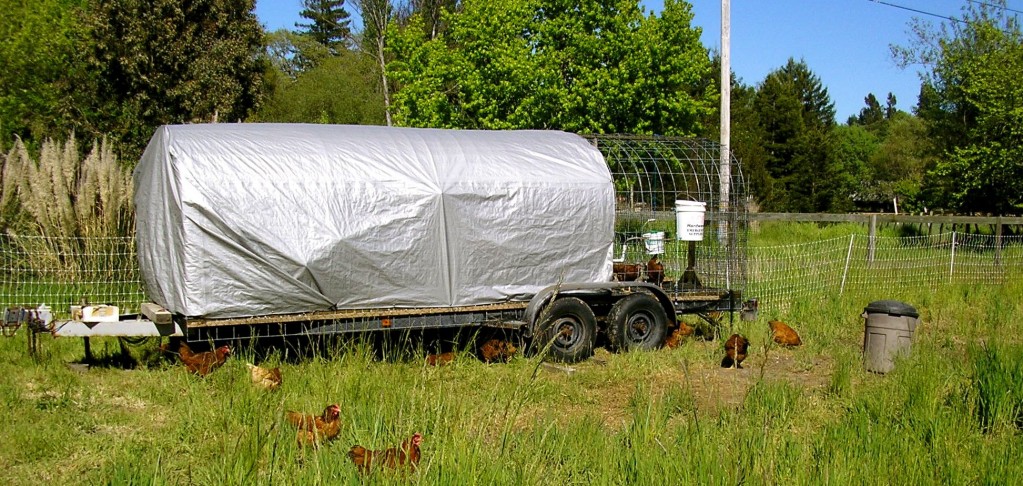
Sarah Silva's Eggstream chicken tractor
Sarah also has a herd of young goats that are managing a forested area of her new farm. They are very friendly, but a little mischievous.
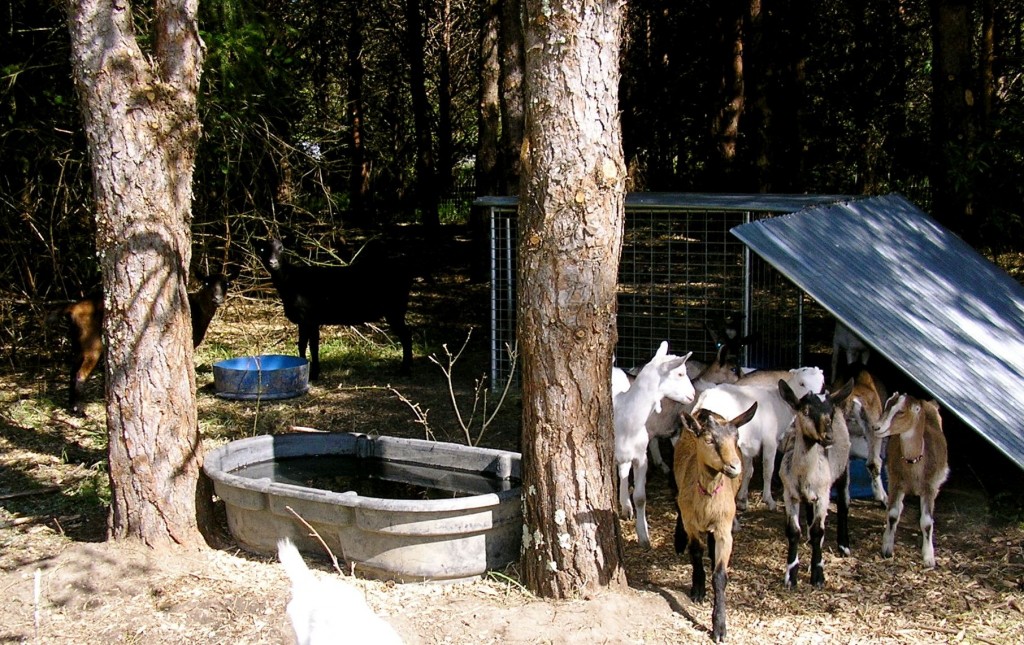
Sarah's goats coming to greet us.
